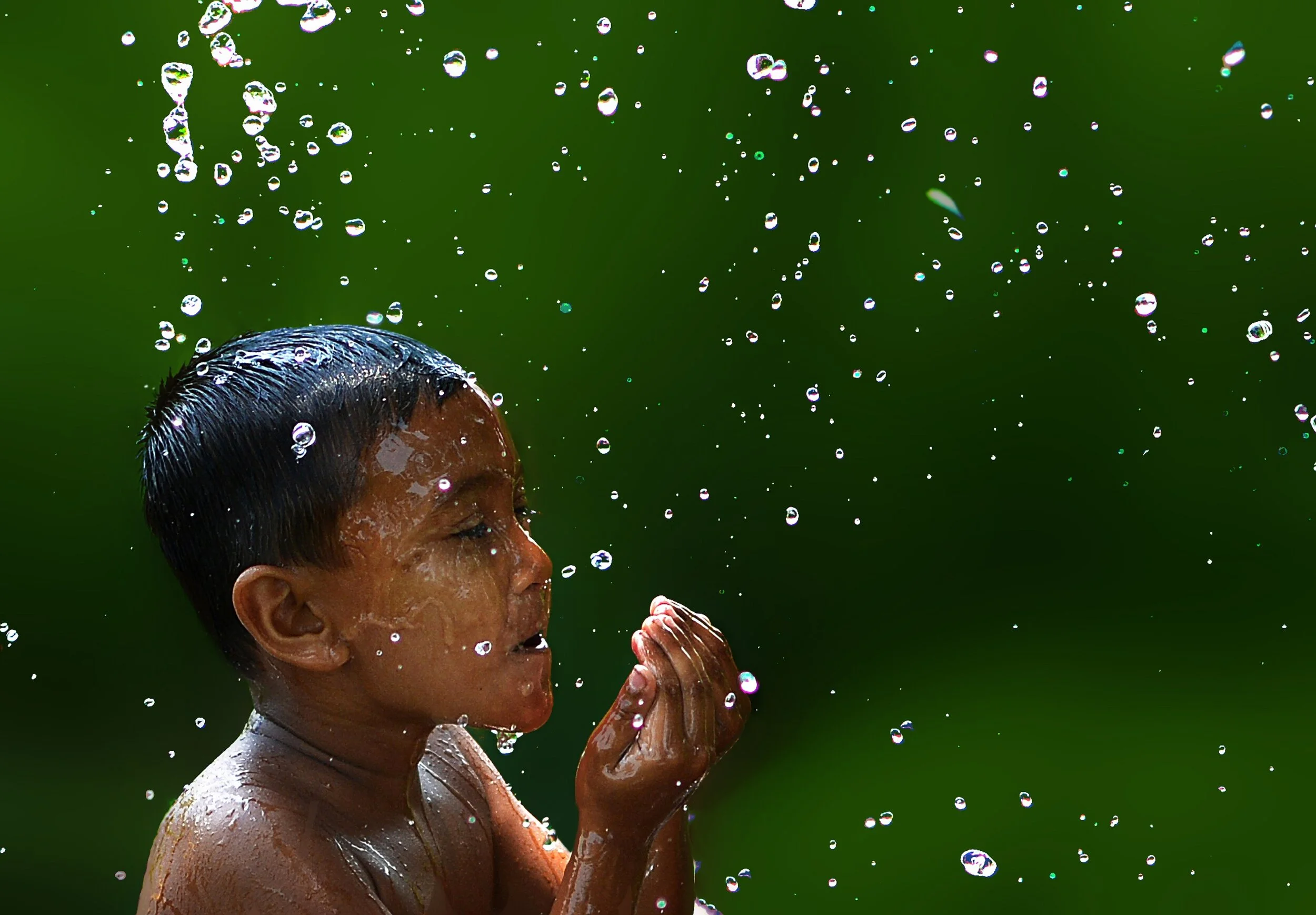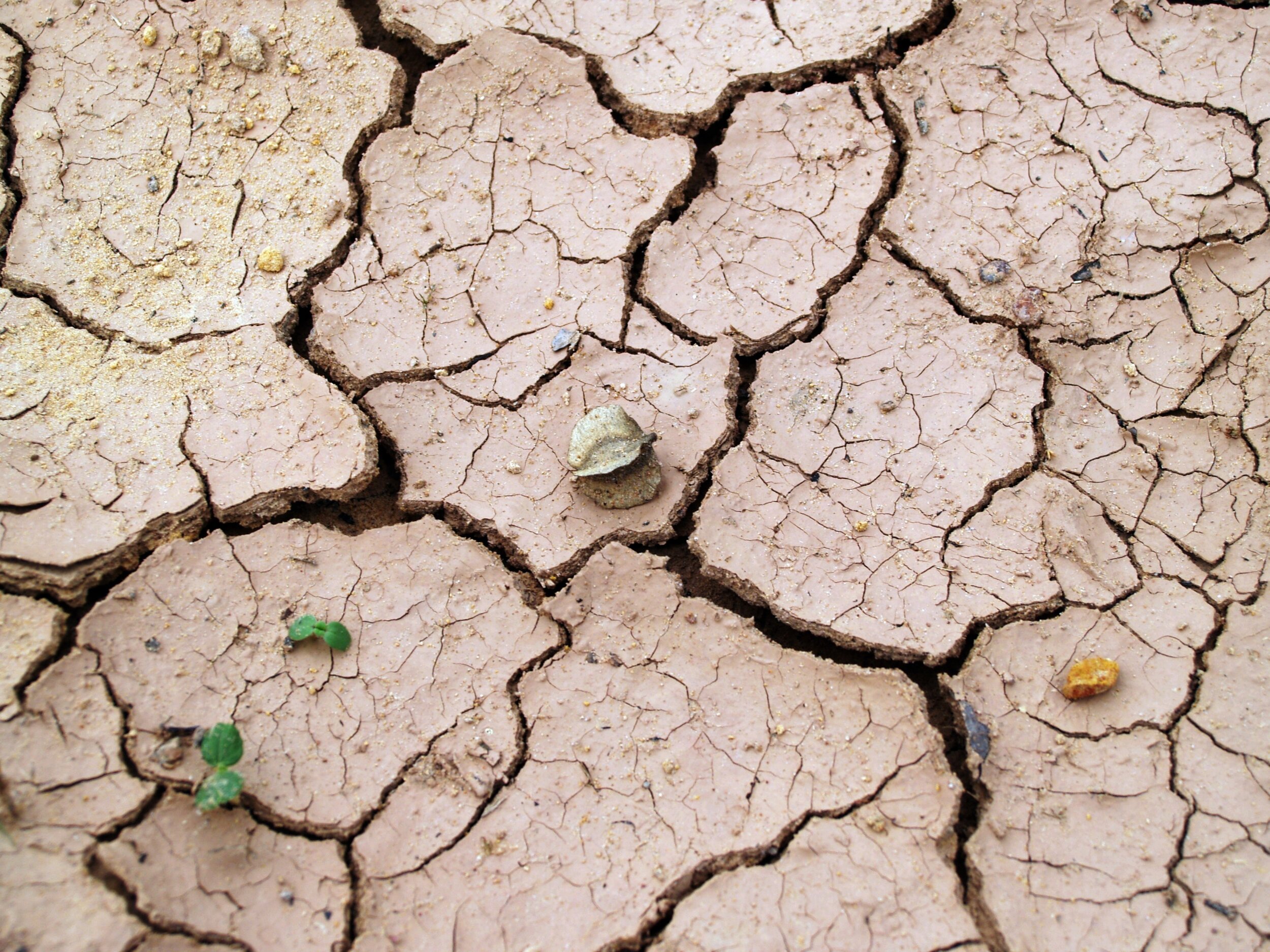Western Drought: The Impacts within Water and Life
Water is our most essential resource. It enables life, allows us to grow food and ensures the wellbeing of our earthly environment. However, this quintessential element can rapidly run short for many areas around the country.
With populations and economies continuing to increase, the demand for freshwater increases - stated by the MedCrave. With this rapid growth of global population, this will create a chain reaction and exert immense pressure on our water resources as climate and lifestyle changes too. The climate change in California, also seen as the drought transpiring in the West, can be a factor in pressuring our water resources. When there is an abnormal period of dry weather, water regulations will begin to happen, as we are observing it now within the Sacramento-San Joaquin Delta watershed situation.
All throughout the Western half of the United States, we continue to notice worsening drought conditions, especially this summer. Specifically, California and the Southwest are the main areas that are being hit the hardest, resulting in drought emergencies to be declared.
These drought emergencies are massively impacting the thousands of farmers and ranchers, stated by the Los Angeles Times, as it will temporarily stop these workers from diverting water from the Sacramento-San Joaquin Delta watershed. Defined by the California Water Boards, this watershed is, “a crucial source of water for much of California,” carrying vast ecological and cultural importance to the state. It contains roughly around 40 percent of California’s landmass and is the state’s largest source of surface water, providing home to many of the fish species, wildlife, and plant species.
Those in Northern California and Central Valley who are water right holders - individuals who collectively hold roughly around 12,500 water rights - will be damaged by this regulation as they are the ones who use the water for agriculture irrigation reasons. Though this regulation does not impact those using water for bathing and domestic purposes, we still must question the long-term effects this will cause on the California community. Chris Scheuring, senior counsel for California Farm Bureau stated, “The real question is, what happens next year, if we have another dry year? That’s the big unknown that’s scared everybody. And I don’t think it’s just agriculture that’s going to need to worry…”
Water scarcity, as defined by World Vision, can be described as water deficiency or a lack of safe water supplies. While it seems like such a simple concept, the consequences that will occur from a severe water shortage is a detrimental effect. These numerous ramifications can affect both environmental and human life; which will eventually hit billions of people in the future.
Stated by a recent study from Science Daily, research has shown that there will not be enough water to meet demand by 2040 if energy and power is not improved. The three years of investigation, gathered by researchers from Aarhus University in Denmark, Vermont Law School, and CNA Corporation has revealed that there is a continuous clash of competing resources between our drinking water and energy and power demand. Freshwater is a huge source in energy production, with 38% of freshwater accounted for in the US from 2010, allowing energy systems to have cooling cycles for their functionality. With this large percentage, consumption will continue to increase later down the road. The solution to this problem is to simply replace energy systems that do not rely on these cooling cycles. Primarily, the alternative would be from wind and solar systems.
In addition to energy shortages, water scarcity will also cause difficulties in food production. As stated by the International Water Management Institute, Agriculture accounts for about 70 percent of freshwater withdrawal to keep up with the food demand. Without water, there will be no assistance in helping crops grow in an already fast-growing population. One solution created for an effective use of water within the agriculture industry is known as irrigation. Yet, with the Sacramento-San Joaquin Delta watershed regulation in place, creating a water regulation on this method increases the struggle.
With energy and food shortages in line for impact, lack of access to clean water for communities is another consequence. Currently, stated by World WildLife, 1.1 billion people worldwide do not have access to freshwater while 2.7 billion people experience water scarcity at least one month of the year. The fight for freshwater is causing these populations to become exposed to various illnesses while also affecting educational and economic opportunities. Beginning in 2014, we have seen these impacts happening in Flint, Michigan where families were constantly experiencing skin rashes, hair loss, itchy skin, and an increase in harmful substances in the blood of children.
At this rate, the situation will continue to worsen. Populations must demand for change immediately before we are faced with the inevitable.





